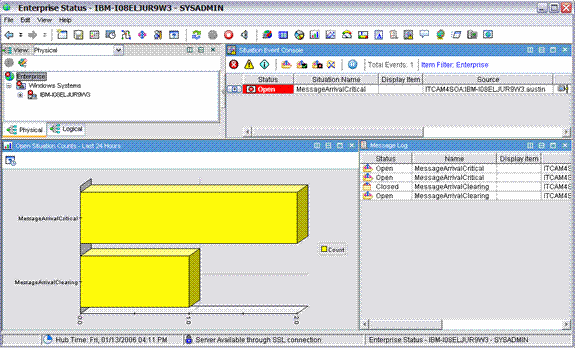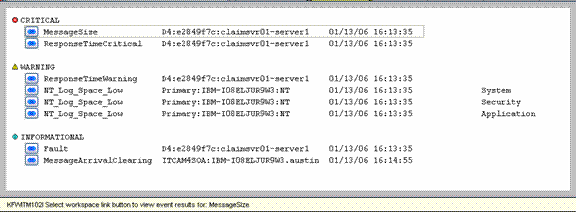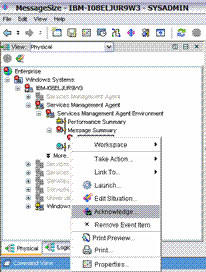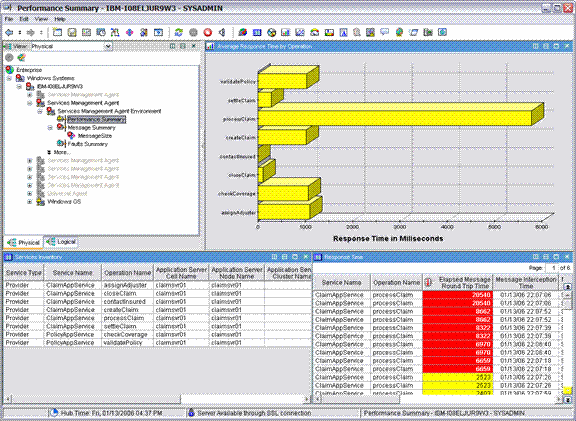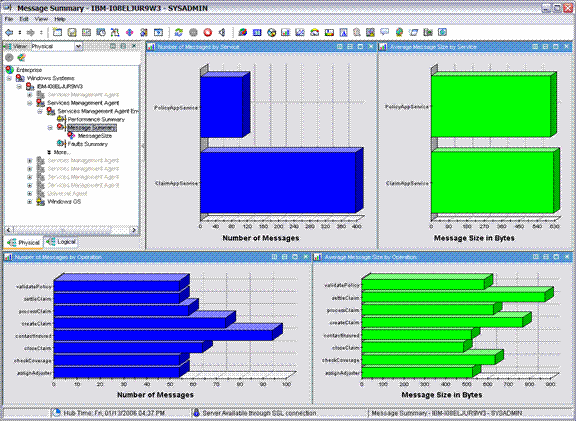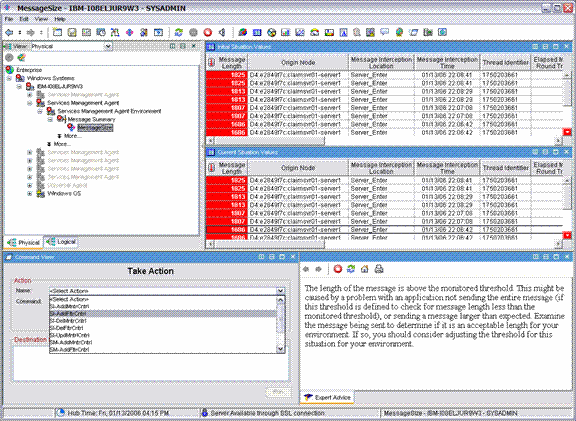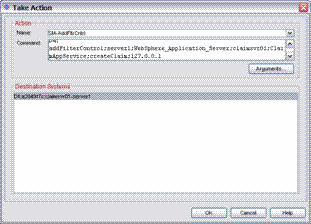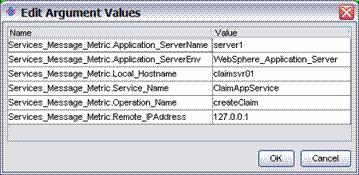| Tool Mentor: CAM SOA - Resolve Incident and Recover Service |
 |
|
| Related Elements |
|---|
ContextTool mentors explain how a tool can perform tasks, which are part of ITUP processes and activities. The tasks are listed as Related Elements in the Relationships section. You can see the details of how processes and activities are supported by this tool mentor, by clicking the links next to the icons: DetailsThe IBM® Tivoli® Enterprise Portal component of ITCAM for SOA uses an enterprise console for all events (Situations). Situations are represented by certain fields, such as event status (Open, Closed, Acknowledged or Re-Opened), situation name, time stamp, event source and so on. This console provides the working queue of known problems that are reported by the ITCAM for SOA agents to the IBM Tivoli Enterprise Portal. The Enterprise view is used to process and acknowledge situations (independent of Tivoli Enterprise Console). It provides the user with a status of the realm of known, agent-reported situations. In order to demonstrate how to use ITCAM for SOA to address an Incident, the section that follows presents an example that involves a web service disruption caused by the size of message exceeding thresholds previously set by an IT Operator. These thresholds could correspond to a formal, specified Service Level Agreement, could pertain to an overall response time that is being tracked, etc. In this example, the overall steps include:
Acknowledge the Situation
Navigate to the ProblemThen right click on the Situation and click on Event Results. This will provide Expert Advice and give you an idea of what the situation is about. You will also see the Initial Value of the message size and the Current value of existing messages. You can also navigate to the pre-built Performance Summary and Message Summary views to gain additional information and insight regarding the web services incident.
Take Action
For More InformationFor more information about this tool, click on the link for this tool at the top of this page. |
©Copyright IBM Corp. 2005, 2008. All Rights Reserved. |
